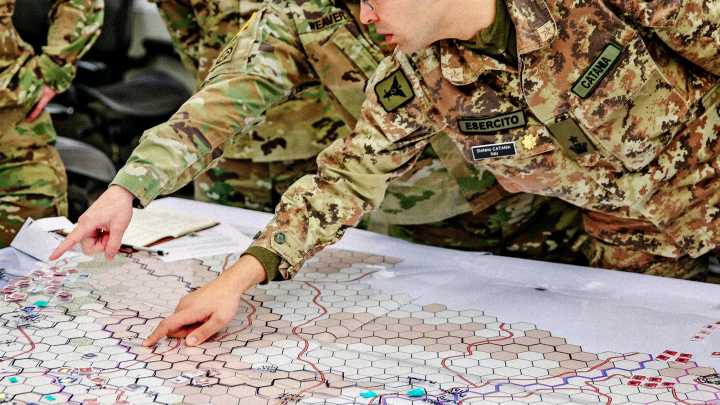Despite two centuries of evolution, the structure of a modern military staff would be recognizable to Napoleon. At the same time, military organizations have struggled to incorporate new technologies as they adapt to new domains—air, space and information—in modern war.
The sizes of military headquarters have grown to accommodate the expanded information flows and decision points of these new facets of warfare. The result is diminishing marginal returns and a coordination nightmare—too many cooks in the kitchen—that risks jeopardizing mission command.
AI agents—autonomous, goal-oriented software powered by large language models—can automate routine staff tasks, compress decision timelines and enable smaller, more resilient command posts. They can shrink the staff while also making it mor

 Fast Company Technology
Fast Company Technology

 Local News in Ohio
Local News in Ohio Reuters US Top
Reuters US Top Raw Story
Raw Story WUSA 9 News
WUSA 9 News TIME
TIME KETV NewsWatch 7
KETV NewsWatch 7 AlterNet
AlterNet CNN
CNN